Homemade generator from a washing machine engine
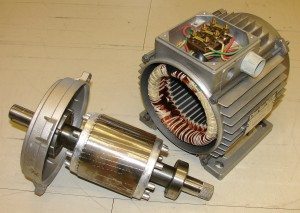 Interruptions in the central power supply, as well as exorbitant electricity bills, are increasingly forcing people to think about an autonomous power source. Let the generator be low-power and work only as a backup source of energy, but it will be able to help out at the most important moment.
Interruptions in the central power supply, as well as exorbitant electricity bills, are increasingly forcing people to think about an autonomous power source. Let the generator be low-power and work only as a backup source of energy, but it will be able to help out at the most important moment.
We also decided not to stand aside and offer a “workable version” of converting an asynchronous motor from an old washing machine into a fairly powerful 1.5 kW generator.
Getting ready to make a generator
If you decide to “quickly build” your own homemade electric generator by “re-riveting” the engine from a washing machine, it is better to immediately throw illusions aside, because “quickly” will not work. First, you will need to solve three main problems:
- how to partially remove the core of the old working motor from the washing machine and prepare grooves for magnets on it;
- where to get neodymium magnets for the generator rotor;
- what to make a template for attaching magnets from.
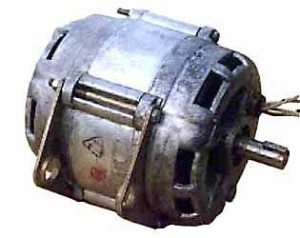 Let's solve the first problem. Let's take an asynchronous motor from an old washing machine, disassemble its body, and then, using a lathe, cut off part of the core to a depth of about 2 mm. Let's put the engine aside for now. Next we will need to purchase a set of neodymium magnets; the easiest way is to order them in an online store. We are waiting for the magnets to arrive.
Let's solve the first problem. Let's take an asynchronous motor from an old washing machine, disassemble its body, and then, using a lathe, cut off part of the core to a depth of about 2 mm. Let's put the engine aside for now. Next we will need to purchase a set of neodymium magnets; the easiest way is to order them in an online store. We are waiting for the magnets to arrive.
After this, we cut out grooves on the machine on the engine core, 5 mm deep, for the magnets. Here you need to master a lathe; it is best to call a turner you know for help.After you prepare the motor core, you will need to think about what to use to make a template for attaching the magnets. We used a strip of tin, although we admit that other material with similar properties may be suitable. We cut the strip in length and width so that it fits exactly on the surface of the core.
The tin strip must also be prepared, namely, marked along its entire length to place 2 rows of magnets on it so that the magnets are located at the same distance. Next, to convert the electric motor of a washing machine into a generator, we will need superglue, cold welding; instead of welding, you can take epoxy resin, as well as sandpaper.
For your information! It is better to use cold welding, it is easier to work with, and it will immediately help to better secure the magnets, making it easier for you to stick them on.
Generator assembly and testing
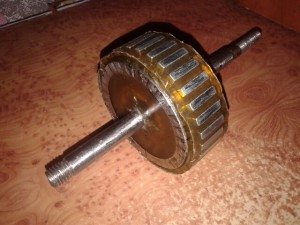 We have prepared everything that is necessary to make a generator from a washing machine engine, now you can begin the assembly process. Let us note right away that only a very patient person can do this work with his own hands. Magnets constantly jump off and stick together, glue flies in all directions, getting not only on your hands, but also on your face, so be extremely careful and follow safety rules when working with potentially dangerous chemicals. We do the following:
We have prepared everything that is necessary to make a generator from a washing machine engine, now you can begin the assembly process. Let us note right away that only a very patient person can do this work with his own hands. Magnets constantly jump off and stick together, glue flies in all directions, getting not only on your hands, but also on your face, so be extremely careful and follow safety rules when working with potentially dangerous chemicals. We do the following:
- We begin to manufacture the magnetic rotor of the engine to turn it into a generator. We glue our tin template for magnets across the engine.
- A homemade generator needs magnets, so we, according to the risks noted in advance, put magnets on superglue in two rows.
Important! The distance between the magnets and the angle must be the same, otherwise during operation of the generator frequent sticking will occur, accompanied by a drop in power.
- Carefully fill the space between the magnets with carefully kneaded cold welding. It has the consistency of plasticine, so there shouldn't be any problems.
- With our own hands we sand a generator made from a washing machine engine with sandpaper. To speed up the process, you can clamp the body in a drilling machine, but you can do it yourself without tools; it will take a little longer.
 We have finished making an electric generator from a washing machine motor, now we can begin the long-awaited tests. In order to check the electric generator, we need:
We have finished making an electric generator from a washing machine motor, now we can begin the long-awaited tests. In order to check the electric generator, we need:
- rectifier;
- Solar type charge controller;
- multimeter;
- motorcycle battery;
- the electric generator itself.
You also need to think about what you will use to power the generator. Using your fingers is not an option; you won’t be able to provide enough rotation. It is best to use a screwdriver or electric drill for these purposes. We find two wires of the working winding on our generator, and cut off the rest. We connect these wires through a rectifier to the charge controller, and in turn we connect it to the battery. We put the crocodile clips of the multimeter on the battery terminals - that’s all, and we’re ready to test the generator.
We charge an electric drill (you can use a screwdriver) and a generator pulley into the chuck and spin it up to 800-1000 rpm. At the output we get 270 Volts with moderate sticking of the magnets - not a bad result.
Prospects for using such a generator
Many people wonder, well, we made such a generator, and what, how to use it in the household so that it brings benefits? Personally, we made this generator with an eye to making a gasoline power plant ourselves from an obsolete but working Soviet “Druzhba” chainsaw. According to our calculations, the design should have turned out to be cheap, which cannot be said about factory gasoline stations.
As a result, we managed to realize our idea. We connected the chainsaw engine to our generator through a drive belt, securing everything to the frame from the same chainsaw. I didn’t even have to cook the frame separately. Our power plant has been working properly for the second year now, supplying all energy consumers in the country house. The power is enough to illuminate two rooms, ensure the operation of a computer and TV.
There are other options for using a homemade generator. In the article wind generator from a washing machine engine The process of manufacturing an installation is eloquently described, which, using the natural power of the wind, can supply energy to the same country house or garage. Some suggest using this generator to power a ski lift. In general, use your imagination and you will also find a couple of ways.
In conclusion, we note that making a homemade generator is fraught with certain difficulties. The main difficulty lies in gluing the magnets when creating the rotor. But you can also go the simple route - order a ready-made magnetic rotor. In this case, the generator will cost you $2 more, but you will save a lot of time.
Interesting:
Reader comments
- Share your opinion - leave a comment



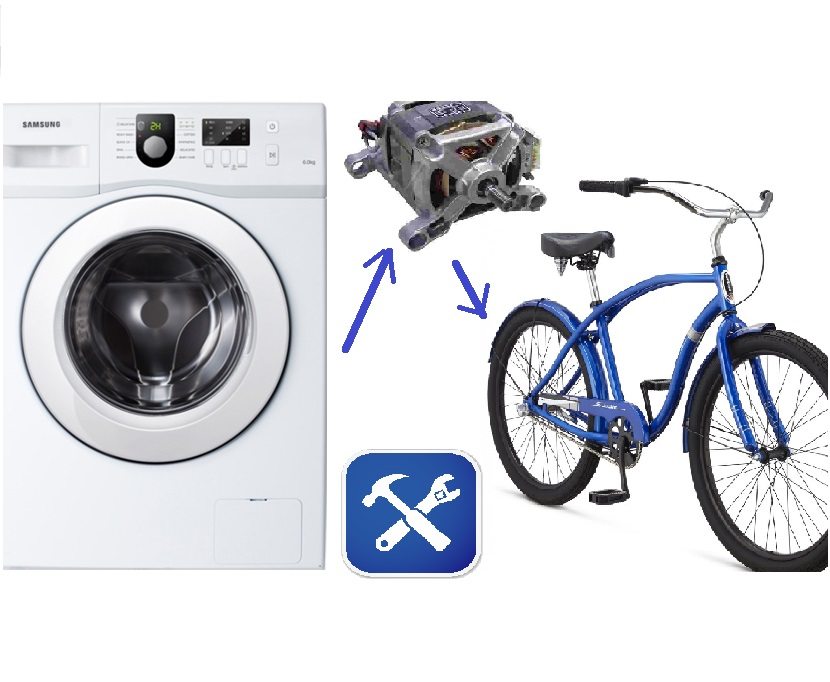
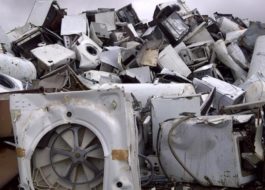
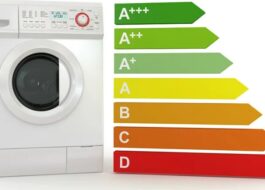
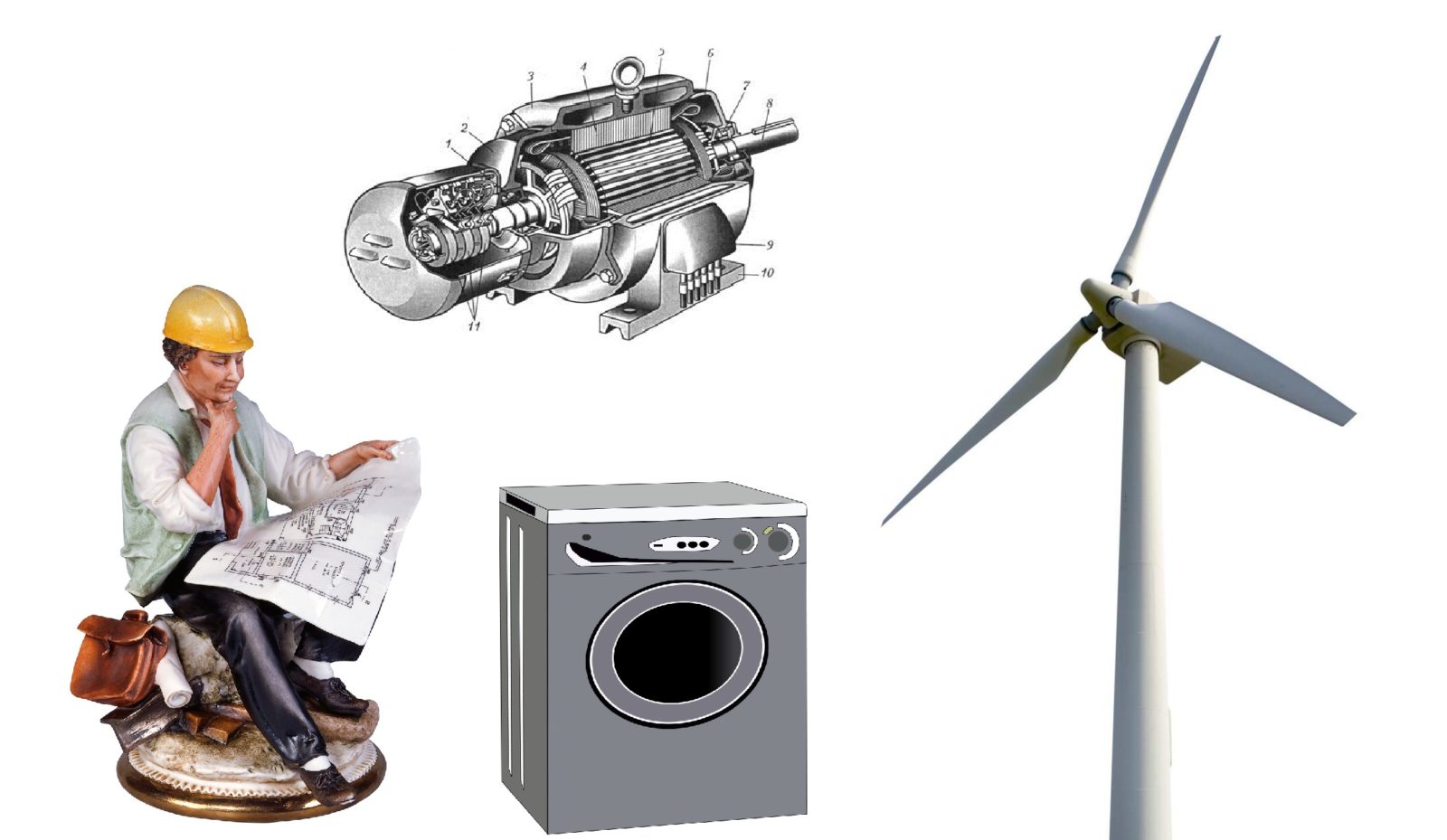














Add a comment